London Mayor’s commitment
The Mayor’s Vision Zero objective is to reduce road deaths and serious injuries by 70% by 2030 (compared to 2010-14 levels) and for all deaths and serious injuries from road collisions to be eliminated from London’s streets by 2041 (Transport for London, 2021 P 6).
Transport for London’s programme of action is based on five pillars of action:
1. Safer speeds: encouraging speeds appropriate to the street
The speed at which people are driving or riding is the biggest determinant of likelihood of a collision and the severity of the outcome, with inappropriate speed being a factor in 37% of collisions resulting in death or serious injuries (Transport for London, 2018 P 29).
Relationship between vehicle impact speed and the risk of fatal injury to adult pedestrians in a frontal impact
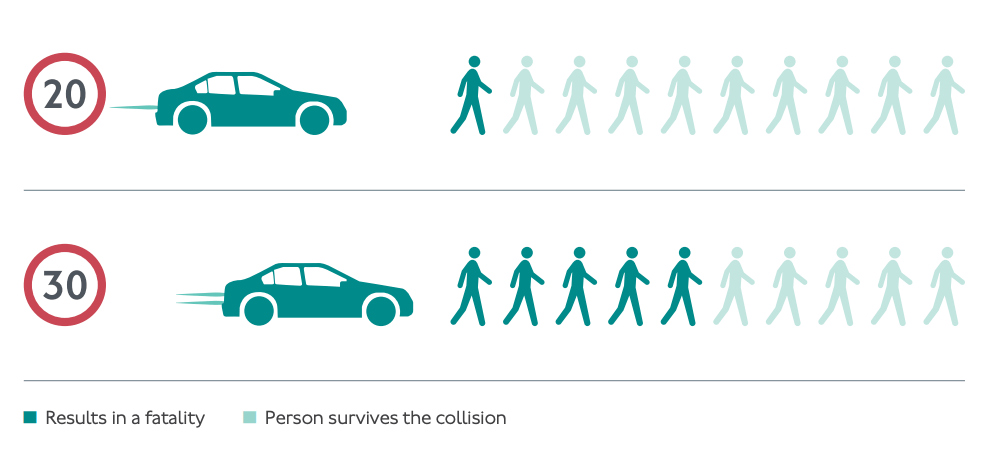
Transport for London, 2018 P 30
Lowering speeds also has the advantage of creating an environment that’s more inviting for walkers and cyclists.
2. Safer streets: designing an environment forgiving of mistakes
There are places in our roads infrastructure that pose a disproportionate danger to road users, with junctions in particular causing 73% of collisions that lead to death or serious injury to cyclists, pedestrians or motorcyclists (Transport for London, 2018 P 47).
Creating design standards for our road infrastructure which prioritises safety over speed on these road hotspots will reduce road casualties and create an environment where more people will feel confident walking and riding around the city.
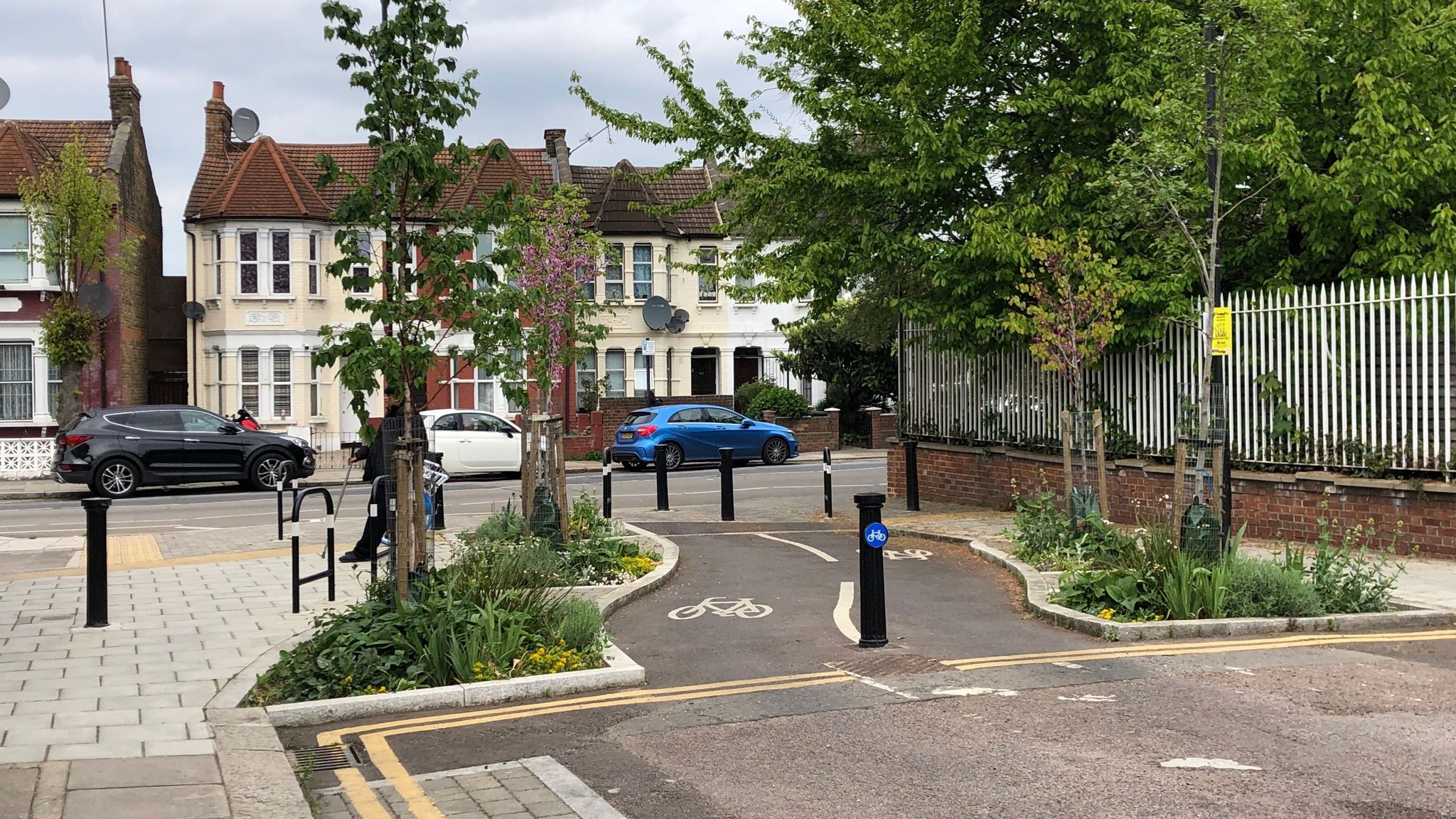
3. Safer vehicles: reducing risk posed by the most dangerous vehicles
Heavy goods vehicles and motorcyclists pose a disproportionately higher danger to pedestrians and cyclists than the typical road user in London according to TfL (Transport for London, 2021 P 12). Introducing improved safety features for large vehicles and improved practices for their drivers can help reduce the danger posed.
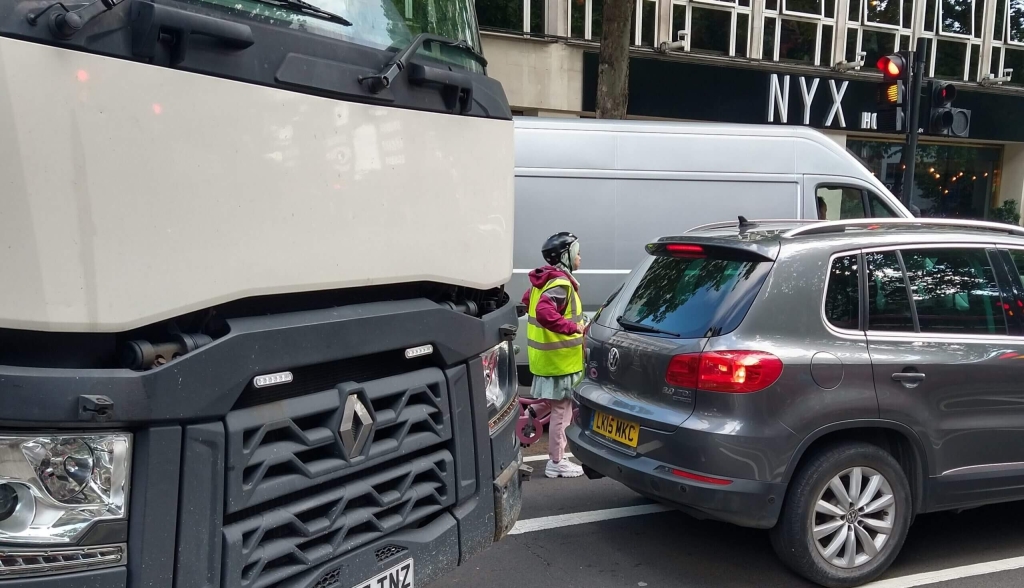
4. Safe behaviours: improving the behaviours of people using our roads
The majority of accidents in London are based on conscious or unconsciously risky behaviour on the part of drivers, increasing danger and making our roads less inviting for cyclists and pedestrians.
Among the factors identified are inappropriate speeds, risky manoeuvres, distractions (e.g. mobile phone use) and drink/drug driving. Greater enforcement and improved training for drivers, motorcyclists and cyclists are all seen as having roles in addressing these issues.
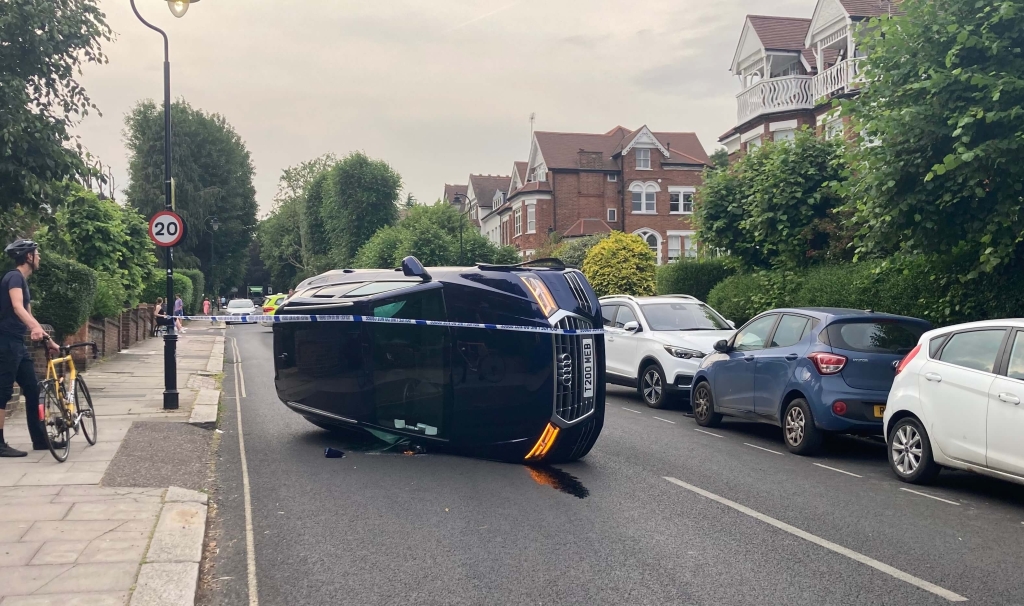
5. Post-collision response: learning from collisions and improving justice and care for victims
Learning from road collisions provides an important step in preventing accidents happening again, feeding learnings into improvements in road infrastructure, vehicles and training for road users.
Post collision assessment also ensures that there is a clear link between collisions and criminal justice outcomes, which should help reduce the chance of reckless behaviour.
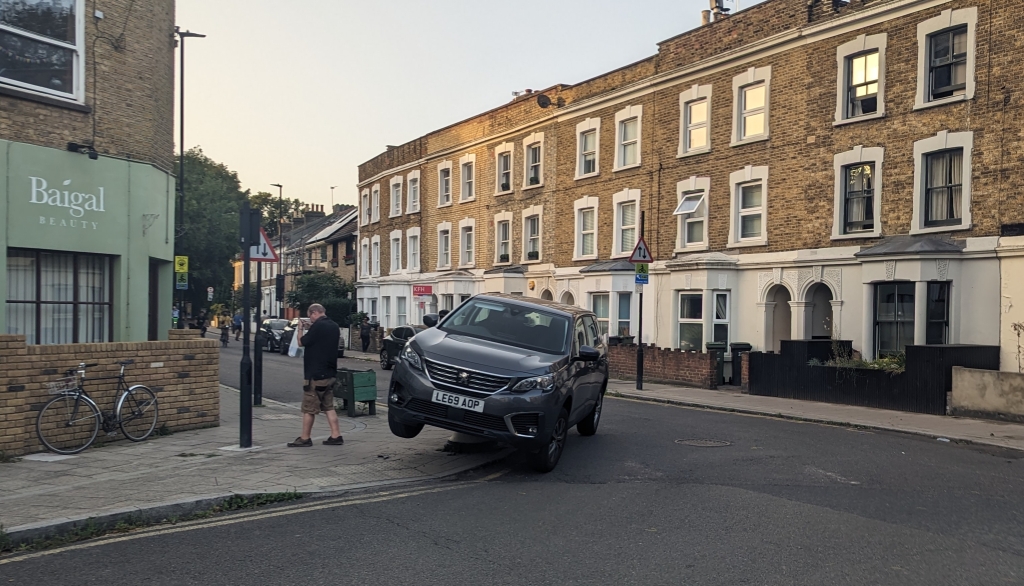
Where is Haringey Council at with Vision Zero?
Haringey Council has come out in support of the Mayor of London’s plan for eliminating road deaths by 2041 and is embracing the Safe Systems model with attempts to address known accident hotspots.
The council has introduced a 20mph speed limit on all roads managed by the council in Haringey.
The council announced in April a budget of £3.5 million over the next 12 months to improve safety of residents using the borough’s transport network which is on top of an earlier £1.6 million announced in 2022.
Whilst we are encouraged by the Council’s support for Vision Zero, it remains to be seen whether the council’s budgets and policies will bring to life Vision Zero’s goals.
You can find an introduction to Vision Zero and in the coming weeks we will look at how London and Haringey are doing in achieving Vision Zero’s goals.

